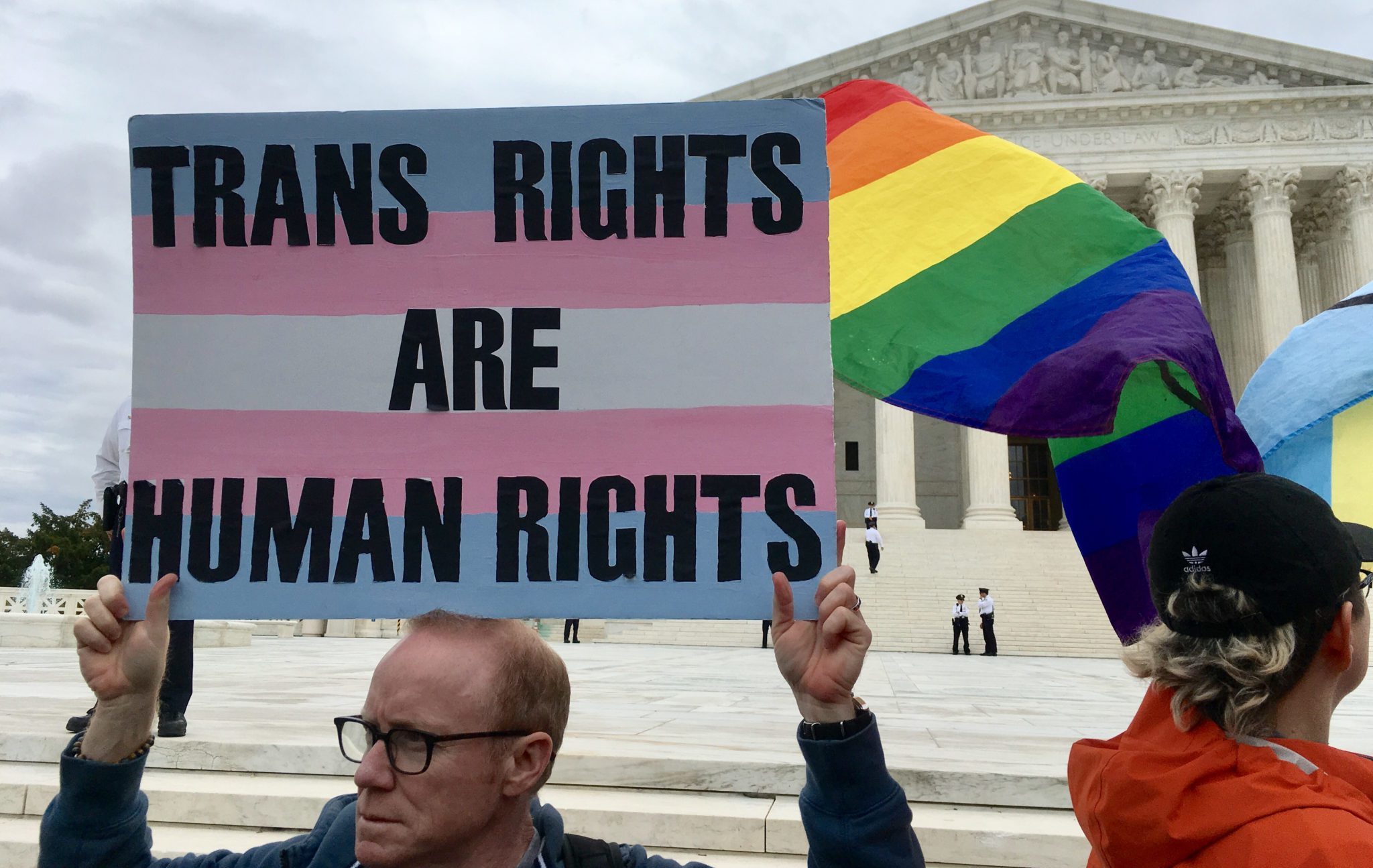Remembering Trans Deaths Rightly

Is an “epidemic” of violent anti-transgender bigotry raging in the United States? To hear LGBT advocates and their media and political allies tell it, the answer is emphatically yes. Ahead of the annual Transgender Day of Remembrance on Saturday, the Human Rights Campaign declared 2021 to be the most violent year for trans Americans since the organization began keeping track seven years ago, with 46 trans and gender non-conforming individuals killed.
Mainstream media outlets soon echoed that claim: 2021, declared CBS, was the “deadliest year” for trans America, while an opinion piece on MSNBC lamented “a record in trans death from violence,” showing that “we live in a world where transgender people not only feel unwelcome, but also unsafe.”
In a statement, President Biden likewise mourned the sheer extent of anti-trans bigotry roiling the nation: “Today, on Transgender Day of Remembrance, we mourn those we lost in the deadliest year on record for transgender Americans, as well as the countless other transgender people — disproportionately black and brown transgender women and girls — who face brutal violence, discrimination, and harassment.”
This violence, according to HRC’s theory of the case, is caused by “dehumanization” and “stigma,” which begin with “lack of family acceptance,” a “hostile political climate” and “cultural invisibility and marginalization,” all of which lead to higher risk of violence against the transgendered. This makes it sound as if this year’s victims were stabbed, brutalized, and gunned down by gangs of haters with obvious anti-trans motives, by “hatred” spread by conservatives and others who oppose the full-spectrum gender agenda.
Reality is far more complicated—if no less tragic—than the narrative suggests.
The complexity first became apparent to me in 2017, while I was writing a long feature essay in Commentary on the roots of male-to-female transgenderism. As part of my reporting, I attended a Transgender Day of Remembrance ceremony at New York City’s Lesbian, Gay, Bisexual & Transgender Community Center. Not unlike this year’s remembrance, attendees mourned and cried “rest in power” as each of that year’s victims was identified. I found myself moved as well, but also wondering: How exactly did each of these men and women meet their end? The live event offered no detailed information. Nor did the website of the Gay Center or that of the HRC. All we heard was that “stigma” and “hate” had led to these violent deaths.
So I decided to research each of that year’s deaths, including by searching publicly available information on local news sites, scouring court records, and calling homicide departments (as necessary). What I found belied the narrative of the LGBT groups—a narrative used to pursue political ends even sympathetic Americans might reasonably reject.
In reality, very few—if any—of that year’s victims could be said to have succumbed to outright bigotry of the kind advocates rightly decry. Rather, most seemed to have died in gang-land disputes, domestic- and intimate-partner disputes, drug disputes, and other such violence that sadly plagues low-income minority communities across the land, especially in inner cities.
Since then, I’ve done similar research on each subsequent year’s slate of Day of Remembrance victims, and the reported facts have consistently verified my hypothesis: namely, that most trans victims of violence in the 21st century aren’t dying at the hands of right-wing haters—but jilted lovers, ruthless drug dealers, and random gang-land thugs, for whom the gender identity of the victims was a marginal or non-issue.
This year’s victims are no different. At the heart of each of their stories is human suffering. But the cause of the suffering isn’t the ideological one blamed by their would-be advocates.
Of the 46 cases identified by HRC in 2021, at least 19 by my count have already been ruled out as hate crimes relating to the victim’s transgender or non-conforming identity: In case after case, a minimal amount of public-records research reveals victims shot by their lovers and ex-lovers, targeted in robbery attempts (botched or successful), bludgeoned and stabbed by the mentally ill in senseless attacks, or otherwise felled in domestic disputes. Consider:
- Jaida Peterson, 29, and Remy Fennell, 28, allegedly shot a few days apart in Charlotte, N.C., by the same pair of killers, both of whom were charged with robbery.
- Fifty Bandz, 21, killed in Baton Rouge by a former lover.
- Diamond Kyree Sanders, 23 killed in Cincinnati, in the course of a robbery.
- Natalia Smut, 24, killed in Milpitas, Calif., by a lover who turned himself in right away.
- “Whispering Wind Bear Spirit,” 41, shot in the course of a botched robbery in York, Penn.
And on and on.
Many other cases are highly ambiguous, involving unsolved murders in parts of the country (Chicago, Baltimore, Miami) where black men and women, regardless of their sexuality or gender identity, face an elevated risk of becoming victims of violent crime, committed by other black people in the overwhelming share of cases. In a handful of cases, police hadn’t yet ruled out a hate-crime motive; in one—one single case—do police actively and explicitly suspect a gender motivation.
These 46 killings cry out for justice. They are 46 too many deaths. But advocates dishonor these victims when they whitewash the realities in which they were embedded and the true causes of their deaths, all to sell a political cause.